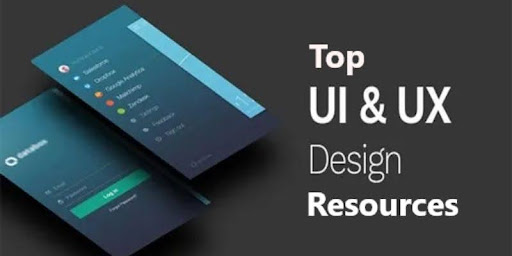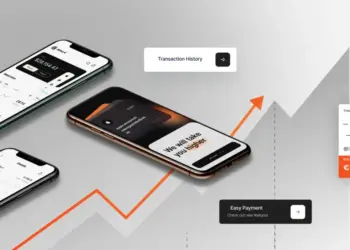Designing UI UX is a thrilling process to go through when a person is enthusiastic about making the online experience as smooth as possible. As users become increasingly important in the products designed, there is an increasing number of learners seeking credible means of beginning their journey. Even with formal training, a number of online materials can help the novices to master the art of becoming a confident designer. This paper will discuss the best UI UX design materials that can provide you with a good grounding in design thinking, design tools and practices in usability. In many ways, the UI UX Designer Course in Chennai focuses on the necessity of augmenting the classroom curriculum with these materials in order to develop confidence and industry preparedness.
Understanding the Value of UI UX Resources
To plunge into the particular resources, one must first of all realize why they are relevant. UI UX design incorporates both creativity and usability so that the products are attractive and practical. Novices tend to find it difficult to determine what tools, communities, and learning materials to abide by. Being in the right resources will not only save time, but will also keep you learning by credible and updated sources.
Resource 1: Online Learning Platforms
Coursera, Udemy, and Interaction Design Foundation are good platforms that beginners can use in order to be provided with structured learning in their own pace. Such sites offer the services of professional teachers and real-world projects. You may start with the basics of design, or take high-tech prototyping courses to acquire a progressive knowledge.
Resource 2: Design Blogs and Articles
It is a wonderful idea to follow some known design blogs in order to be informed about the tendencies and useful hints. Design psychology, usability testing, and visual trends The information about design, usability testing, and visual trends may be provided in detail on websites like Smashing Magazine, UX Collective, and Nielsen Norman Group. Novices are helped by real-life examples and case studies which can enable them relate theory to real-life situations.
Resource 3: YouTube Channels
YouTube is a free and highly available tool where beginners could learn how to design, how to user research among others. Tutorials and discussions are interesting on such channels as Flux Academy, CharliMarieTV, and AJ&Smart. Such videos are especially useful to visual learners who like to watch the processes step by step.
Resource 4: UI UX Design Communities
The communities, like Dribbble, Behance, and the r/UserExperience section of Reddit provide a place where beginners can post their work, receive feedback, and learn with professionals. Connecting with such spaces opens up to trends, team projects, and mentorship. Students are usually motivated and inspired in associating with other like-minded people.
Resource 5: Free Design Tools
The workflow of a UI UX designer consists of design tools. Those who are beginners can start with free software like Figma and Canva that have easy-to-use features and allow collaboration. Figma applies to the industry in general and wireframing and prototyping, specifically. Working with these tools enables the novices to gain confidence prior to transmitting to high-tech software.
Resource 6: E-books and Guides
Free and paid e-books are a resource the beginners underestimate but a resource that is very strong. Books, such as, The Design of Everyday Things by Don Norman, and Don’t Make Me Think by Steve Krug, have solid conceptual frames. These books underscore the effects of design choices on end user behavior and satisfaction. Novices who supplement their education at Graphic Design Courses in Chennai with such readings are likely to come out with good analytical and problem solving skills in design.
Resource 7: Podcasts and Webinars
In order to study during commuting or at leisure, such podcasts likeUI Breakfast and The UX Podcast are a good choice. Likewise, there are webinars conducted by design specialists that provide the exposure to the latest practice and the challenges that professionals are dealing with. Novices have the opportunity to listen to industry professionals first hand.
Resource 8: Practice-Based Projects
There is no better way of learning than to practice. Novices ought to take time to make apps, websites or even remodel well-known sites as a practice. Websites such as Briefbox provide project briefs which enable learners to exercise their skills.
Building a Strong Learning Path
Resource exploration is not an ad-hoc affair, but rather a process of developing a regular learning plan. Novices need to concentrate on balancing between theory and practice and staying abreast with the industry trends. Through the use of online platforms, communities, and tools, learners establish a good basis to grow.















